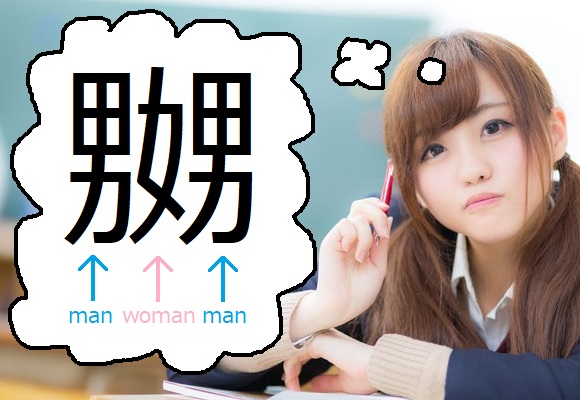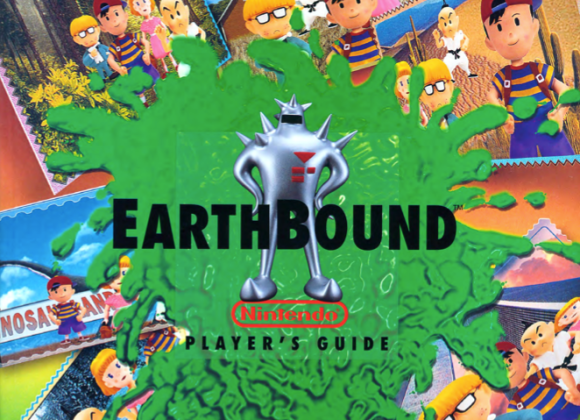My pick for the SoraNews24 article this week is something that a lot of Japanese-language learners can probably relate with: Foreigners misreading Japanese kanji of “two men one woman” is too pure for Japanese Internet.
Anyone who’s studied Japanese before has probably tried to “sound out” kanji before, that is, attempting to read a kanji you’ve never seen before by deducing its meaning through the parts that make it up. Sometimes they can make sense (“person” plus “tree” equals “rest”) but more often than not they don’t (“sun” plus “sound” equals “darkness???”).
And when misreadings occur because of assumptions, they can have hilarious results, just like the example in this article. I won’t spoil what the Japanese-learner read the kanji composed of “man-woman-man” as, but let’s just say it’s pretty far from the actual Japanese definition.
Read it and find out for yourself here!
Top image: PAKUTASO (edited by SoraNews24)



